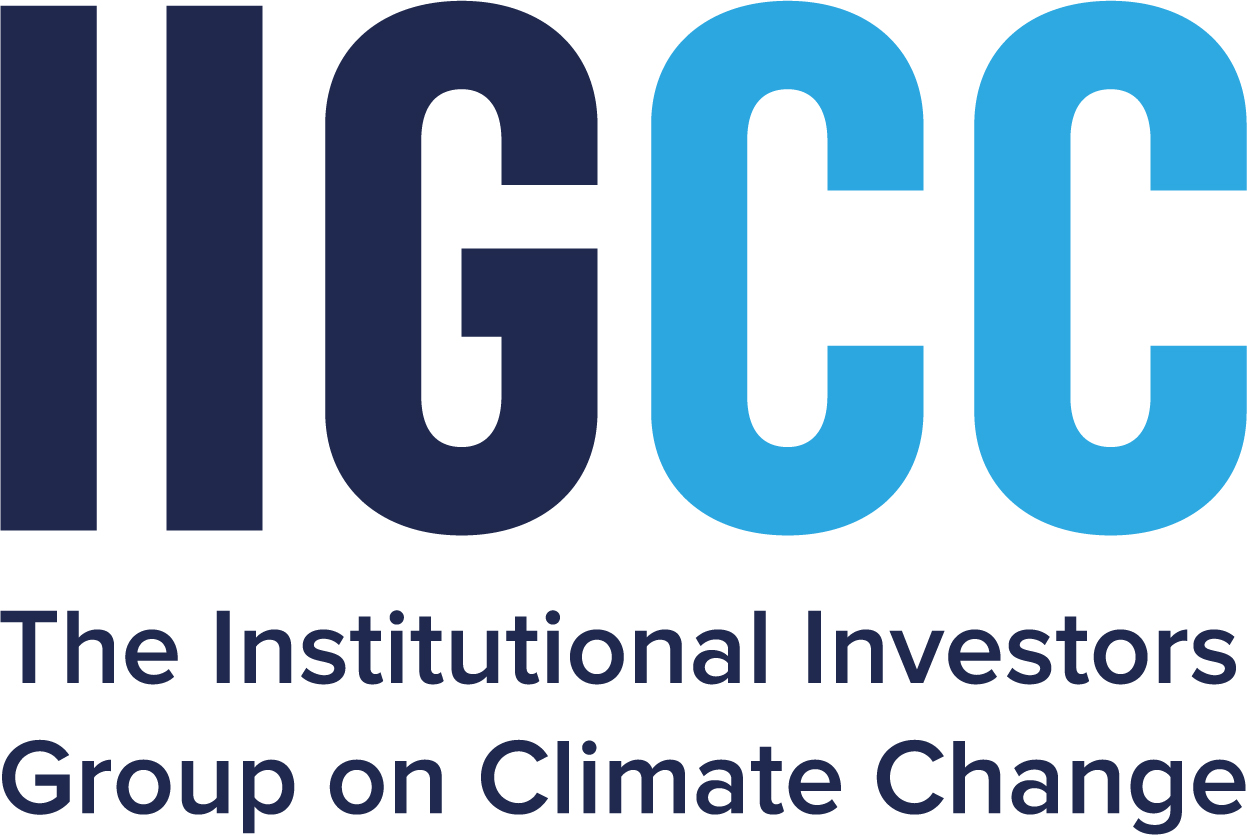By Chris Mooney: LAS VEGAS — President Obama will arrive here Monday to announce a bevy of initiatives to promote clean-energy growth in America’s homes and on its rooftops — the first stop in a climate and energy-focused tour that will also take him to New Orleans and Alaska this month.
In a move heralded by the solar industry, the administration will seek to expand access to a loan program that allows homeowners to get up-front financing for clean-energy or energy-efficient home upgrades, such as installing rooftop solar panels.
The loans will “allow folks to get the improvements up-front and pay for them over time with their property taxes,” Julian Castro, secretary of the Department of Housing and Urban Development, said on a press call announcing the initiatives Monday. Castro said his department will be moving to increase access to the program, called PACE, for the 7.6 million Americans who live in single-family homes paid for with FHA financing.
Additional moves announced by the Energy Department, meanwhile, will make $ 1 billion in federal loan guarantees available for “distributed” energy projects, such as rooftop solar panels or batteries.
The president will announce the initiatives Monday evening at the eighth annual National Clean Energy Summit, co-sponsored by Sen. Harry Reid (D‑Nev.), the Center for American Progress, and representatives of Nevada’s universities and industry.
Appearing at the event has become a political must for members of the Democratic establishment, and those who have made common cause with Democratic elected officials. Past speakers have included Hillary Clinton, Bill Clinton (twice), Arnold Schwarzenegger and Michael Bloomberg.
Nevada is an apt place for Obama to begin a renewed focus on clean energy and climate. The state has been dubbed the “Saudi Arabia of solar” and has recently shown the growth to prove it. Solar jobs in the state increased from 2,400 in 2013 to to 5,900 in 2014, a 146 percent increase, according to the Solar Foundation.
On a per capita basis, sunny Nevada now has more solar jobs than any other state (though neighboring California’s solar industry is far bigger overall). And no wonder: It has vast solar potential. In 1999, one Energy Department scientist even calculated that covering 10,000 square miles of the desert north of here with solar panels could power the entire United States.
Reid, who like Obama will be out of office after 2016 and is similarly trying to build a clean-energy legacy, recently stated, “No state in the union has the opportunity that we have. Clean energy is Nevada’s future.”
It’s not just solar — Tesla Motors is building its $4.5 billion battery Gigafactory in the desert to the east of Reno. Nevada also leads the nation in “untapped” geothermal resources, according to the Energy Information Administration.
Obama arrives here at the start of a tour that will take him to New Orleans for the 10th anniversary of Hurricane Katrina, and then on to Alaska, where he will be the first U.S. president to visit the Alaskan Arctic, which is experiencing more rapid climate warming than anywhere else in the country.
“We’re incredibly focused on this issue,” White House senior adviser Brian Deese said in discussing the president’s late-summer string of climate-focused stops.
With the latter two stops, the president is likely to highlight how climate change is affecting the country — for instance, causing dramatic losses of Alaskan glacial ice and erosion of the Arctic shoreline — as well as the importance of efforts to prepare for it (New Orleans has strengthened its hurricane protections dramatically but is still trying to restore its coast in the face of rising seas).
But the Nevada stop focuses much more directly on the administration’s flagship climate change solution — the EPA’s recently finalized Clean Power Plan — and the change it depends upon, namely, the robust growth of clean energy.
The plan requires states to cut emissions through a mix of options that include greatly increasing the amount of electricity they get from wind, solar and other renewable sources.
Fifteen states, including West Virginia and Wyoming, have filed suit seeking an “emergency stay” of the rule, which they call “clearly unlawful.”
Nevada should have little problem implementing the Clean Power Plan, according to a recent analysis by the environmental group Western Resource Advocates. The state has to reduce its emissions 22 percent below 2005 levels by 2030 under the plan, but the group forecast that it could easily best that target with current policies alone, thanks to the state’s pushing of a clean-energy transformation. “The combination of planned coal plant retirements, planned renewable energy resources, and energy efficiency investments will enable Nevada to exceed the EPA standard,” the group reported.
The Clean Energy Summit, where Obama will speak, is now in its eighth year. It has evolved not only into a showcase for the latest trends in the sector, but a stopping ground for the highest echelon of industry and political elites, yet another sign of the growing influence of the clean-energy industry.
Monday’s event was peppered with faces from Tesla, First Solar, and even more cutting-edge upstart clean-energy companies, such as California-based Advanced Microgrid Solutions, which is wiring buildings with battery installations so they can be taken off the grid for significant periods of time — thus saving the buildings money while also relieving pressure on the broader electrical grid.
Representatives of one industry leader, the Tempe, Arizona based panel maker First Solar, told the conference today that they’re building much larger projects in Nevada than they were a decade ago, and at a much cheaper price point for utility scale solar — below $ 50 per megawatt hour of capacity, far lower than in the neighborhood of $ 150 seven years ago.
“We love Nevada,” said James Woodruff, First Solar’s vice president for state and local government affairs. “It’s got sunshine, it’s got transmission access, it’s got skilled labor, great public policy, visionary leadership. All those things have combined to make this really the sweet spot for solar power in the US.” Woodruff says the company is currently contracted to build 1.3 gigawatts of solar energy capacity in the state. “To give you an idea of what that means for Nevadans, that pipeline will create 7 million work hours,” he said.
Overall, Woodruff says, the Clean Power Plan is definitely good news for First Solar’s business, and he sees a growing market beyond the Western U.S. into the east and especially states like Texas.
But it wasn’t all good news for solar in Vegas — the state is now in a growing battle over “net metering,” the increasingly contentious policy which allows rooftop solar owners to receive credit on their utility bills for the excess power they generate and contribute back to the grid. The local utility, NV Energy, recently declared that net metering had hit a legal limit in the state — meaning that the state Public Utilities Commission will have to decide on how future owners of rooftop solar panels will be compensated going forward.
“What that really means is that solar is immensely popular, and people have bought up all they’re allowed to do,” said Will Craven, a spokesman for SolarCity, the nation’s top rooftop installer, in an interview at the summit. “Now it’s up to the PUC to determine whether Nevadans are allowed to continue going solar.”
Overall, the enthusiasm and bullishness about clean energy underscores that while the EPA expects the Clean Power Plan to push states to get 28 percent of their electricity from renewable sources by 2030, some in the industry think we may move considerably faster than that.
“I think we’re going to blow out a lot of these goals over the next several decades,” said conference speaker Nancy Pfund, the founder and managing partner of San Francisco-based DBL Investors — a venture capital firm which has backed Tesla and SolarCity.
To read the full article, visit the Washington Post.










